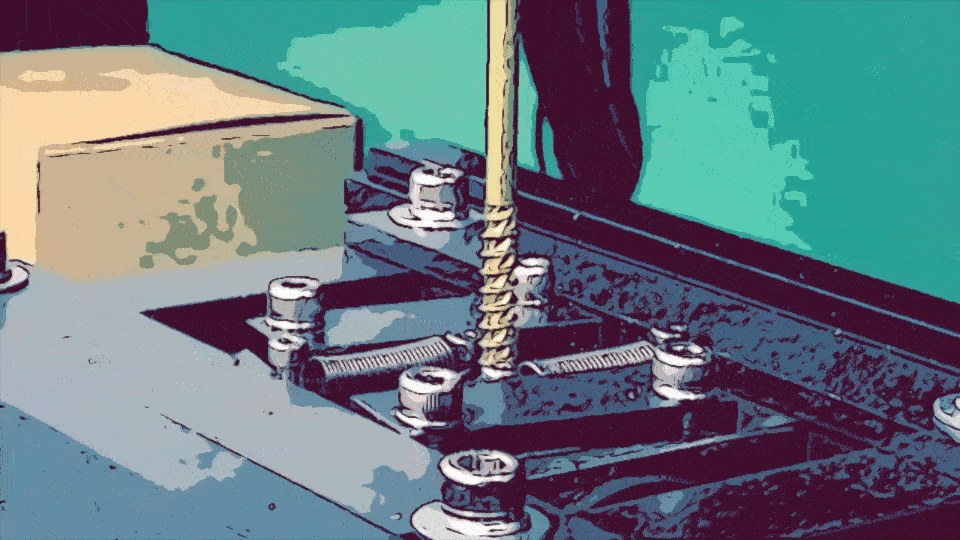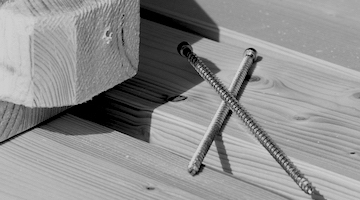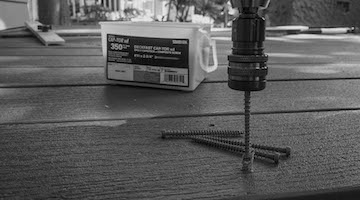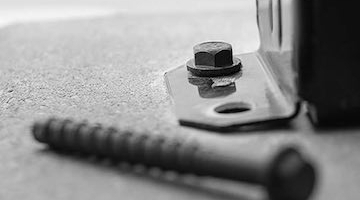- Home
- REPORTS & NEWS
- Material Selection Guide
Material Selection Guide
May 5, 2019.jpg)
A person can look at any engineered product and see that is made of a wide variety of materials that have been manipulated into a wide variety of shapes for the purpose of enabling specific product features. It seems that the engineering processes for selecting the materials used in a product and the means by which the properties of the materials are controlled are of the utmost importance to the success of a product. In general, materials for screws must provid both high strength to obtain sufficient load-bearing ability and compatibility to the environment of operating. If searching for established screw materials, three main groups can be found: low alloyed- or carbon steels ( mostly used, ISO 898 ), stainless steels ( ISO 3506 ) and nonferrous metals for screws ( ISO 8839 ). In ISO 898 and ISO 3506, only grades for groups of materials are specified. Besides this, in ISO 7085, mechanical properties of case hardened and heat treated screws and in ISO 2702 mechanical properties of heat treated tapping screws are defined.
Low Carbon Steels / Low alloyed Carbon Steels
The well-known property classes of screws ( 3.6, 4.6, 4.8, 5.6, 5.8, 6.8, 8.8, 9.8, 10.9, 12.9 ) are defined in ISO 898 are only valid for screws made of carbon steel or alloy steel ( definition of property classes: first number: minimum tensile strength Rm of material/100 in N/mm^2; second number: 10 x ratio of proof stress R0.2 over tensile strength Rm ). However, ISO 898 does not apply to high temperatures above 300ºC or low temperatures under -50ºC. Another material group is also well established: Screws made of Stainless Steels. Related properties for fasteners are defined in ISO 3506. There are three groups of stainless steels: (A) Austenitic, (C) Martensitic, and (F) Ferritic. Each group can have different steel grades, which are distinguished by different digits following the charateristic letter. Then, a third value is added to indicate 1/10 of the tensile strength of the fastener.
Stainless Steels
Austenitic stainless steel cannot be hardened and are usually nonmagnetic. Alloys of steel grade A2 are frequently used, but they are not stable in environments with chlorides, and alloys of grade A4 are the so-called " acid proof steels " with molybdenum as alloy element to increase corrosion resistance, to a certain extent, also against chloride ions. Steels of martensitic grades C1 and C3 can have higher strength than austenitic steels and can have relatively higher proof stress Rp0.2, but they have a limited corrosion resistance, so they are widely used in machines with high loading and controlled environment. Ferritic stainless steels of grade G have a permanent ferritic grain structure at room temperature, so they cannot be hardened, but they are magnetic.
The material selection for screws can be low carbon steels with up to 0.2% C, carbon steels with 0.2 ~ 0.5% C and low alloyed ( Cr, V, Ti, Mo, B ) steels for special purposes with the required characteristics. Guaranteed properties of carbon steels for screws are depending on the material itself and the method of production. Most of them should be undergone heat treatment process to obtain desired characteristics that satisfy the selected mechanical properties after forming steps. Through the chemical composition and the microstructure after thermal processing that constitute the metallurgical phases give the final performance on the finished products.
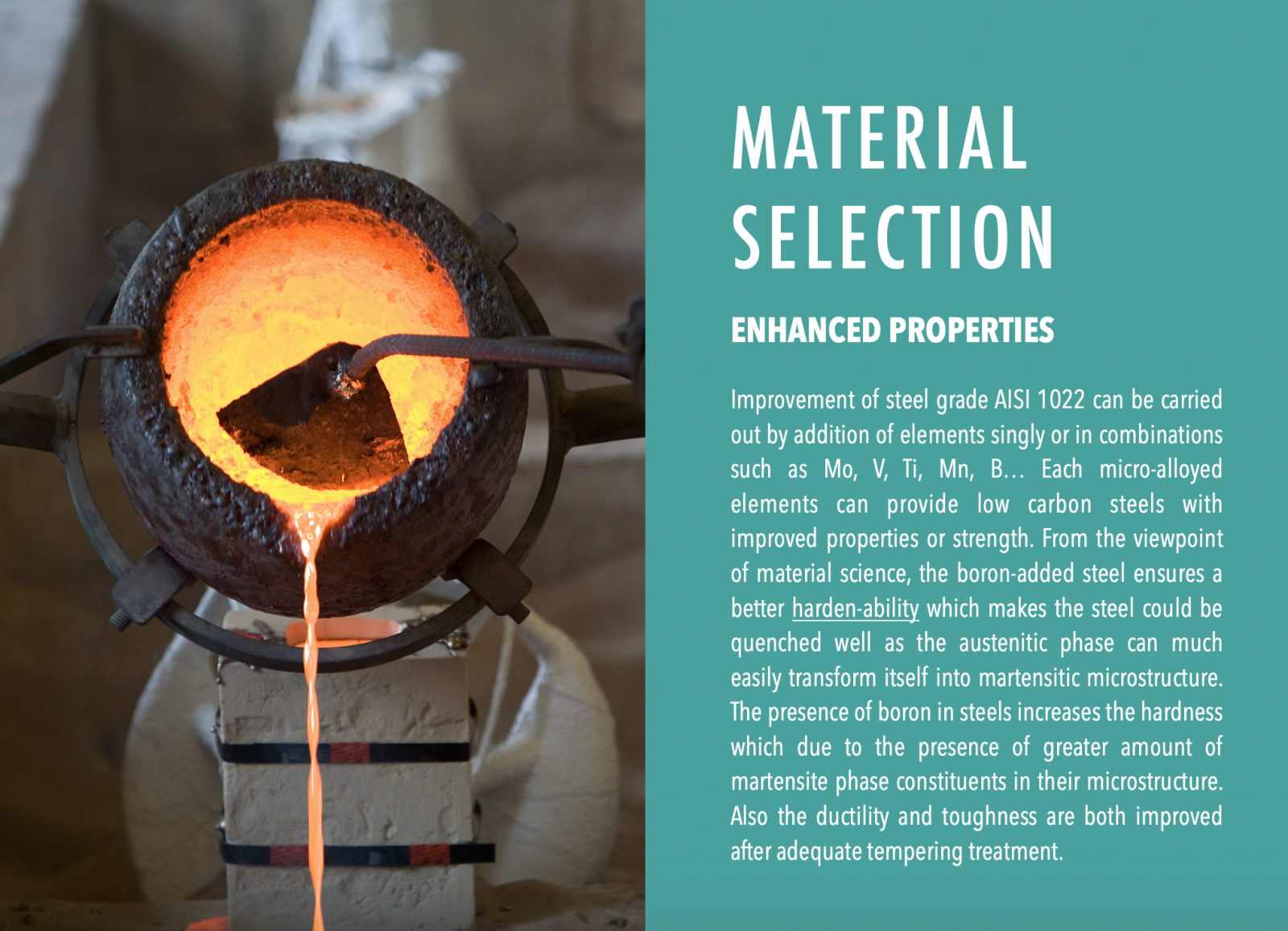
Even though the materials used in fasteners have a huge impact on its performance, reliability, and cost, many companies vastly undervalue the importance of proper materials engineering considerations for product development and manufacturing decisions. Cosequently, these companies struggle with problems such as new products that are behind schedule, cost overruns, poor supplier quality, and products that do not work as expected. Multiform Fasteners Co., Ltd. spends many resource on the high-end facilities to delve deeply into the essence of the most critical topics and how these solutions can be configured.
